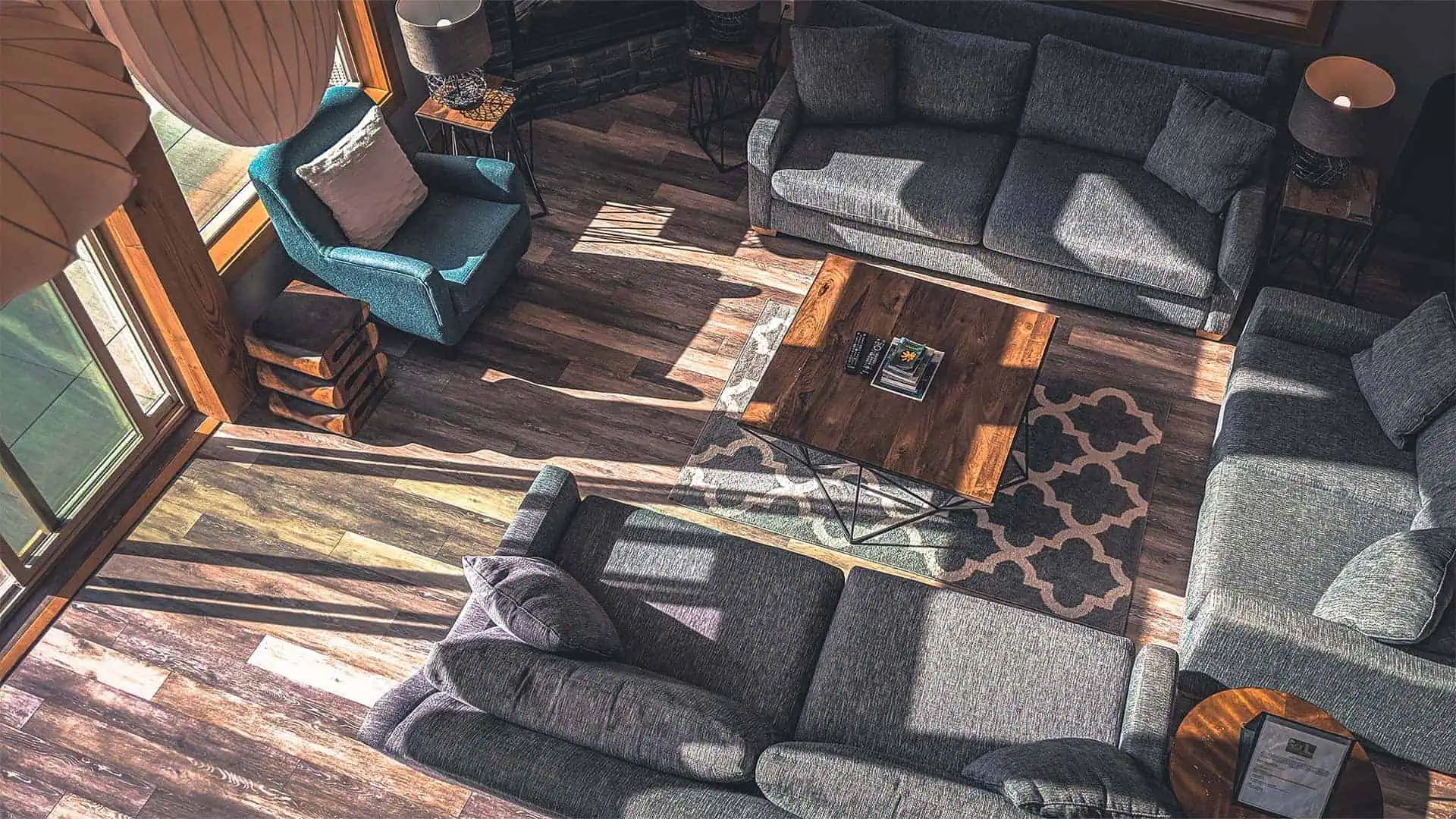Laminate is a popular choice of floor covering for many homes because it’s attractive, cost-effective and easy to clean. Its durability makes it ideal for high-traffic spaces, and it doesn’t scratch as easily as other floor types, like hardwood.
Picking the right underlay is essential to keeping your laminate flooring in excellent condition and prolonging its lifespan. Your subfloor, environment and personal needs all play a part in determining which type of underlay is the best fit for your home.
In this guide, we’ll help you decide which underlay is right for your laminate flooring. We’ll also examine various types of underlays on the market, including their unique features and benefits, and offer our expert recommendation for each.
In this guide
Do you need a laminate flooring underlay?
Laminate underlay functions as a durable base and protective barrier between your new floor and subfloor. It will also provide stability, soundproofing, insulation and moisture protection depending on the type of underlay you choose.
When properly selected, a laminate underlay can extend the life of your flooring and minimise the need for maintenance. Most laminate floors require a separate underlay to be installed, but it’s important to note that there are products out there which come backed with underlay.
If your laminate of choice already has an underlayment padding pre-attached to the back, you don’t need to buy and install a separate one, so you can finish reading here. Otherwise, here are the considerations you should be making when purchasing laminate underlay.
Type of subfloor
First, you should determine which type of subfloor you will be laying your laminate flooring on top of.
The two most common types of subfloors used in modern homes are:
Concrete subfloor
Concrete subfloors are solid and durable, but their porous quality makes them susceptible to moisture.
For this type of subfloor, you’ll want an underlay with an in-built ‘vapour barrier’ (or damp-proof membrane, aka ‘DPM’) to prevent long-term water damage to your laminate floor.
Wood subfloor
Wooden subfloors (including floorboards, plywood, OSB) are made of natural materials that need air exposure.
Instead of installing a vapour barrier that can trap moisture, you should select a breathable type of underlay, such as foam or sponge rubber.
Special considerations when choosing underlay
Not all underlays are created equal. Manufacturers produce different types, all of them designed to enhance the longevity and performance of your floor.
The right laminate underlay is the one that best suits your flooring and its intended use. The perfect underlay for one homeowner may not necessarily be the right one for another.
To help you determine which type of underlayment will meet your specific needs, consider these factors:
Noise reduction
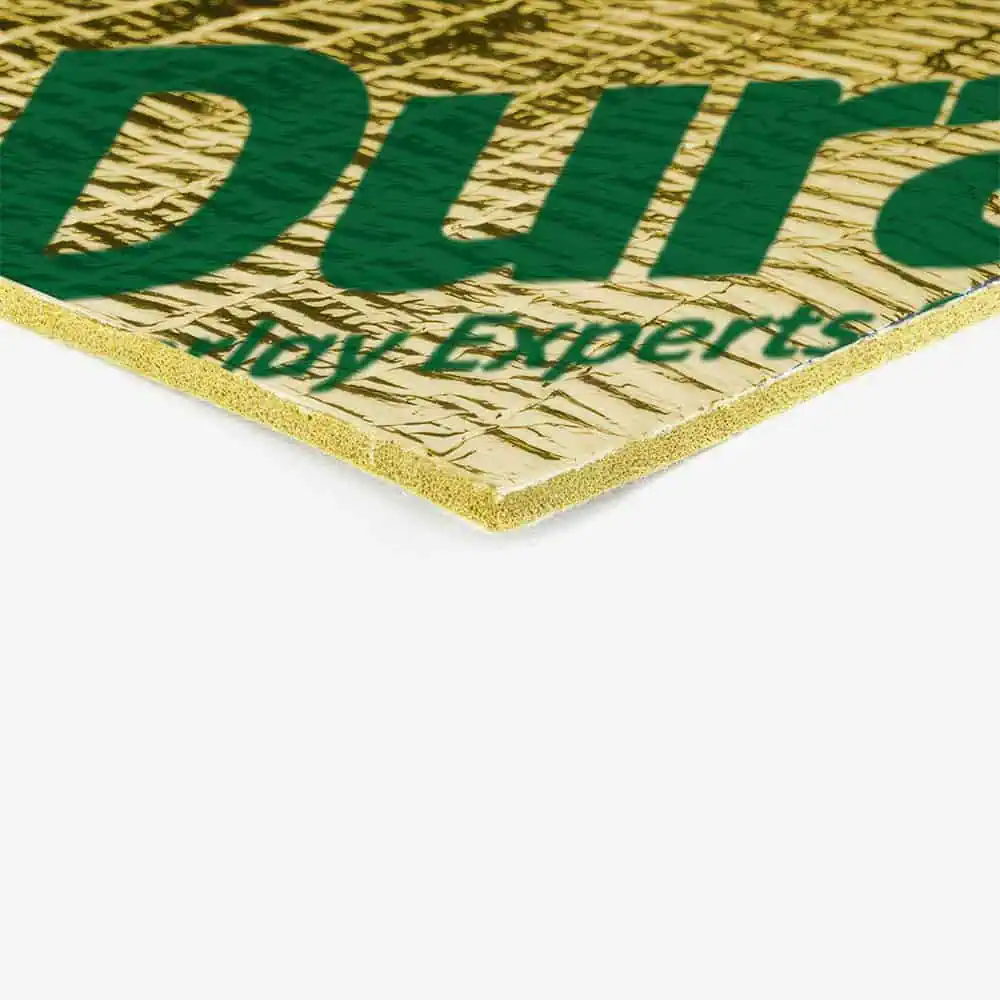
Every underlay is given an impact sound reduction rating, which is measured in decibels (dB). The higher the rating the better the underlay’s ability to reduce sound transmission, such as a TV or stereo being played in another room, and block impact noises, like moving furniture or heavy footsteps.
If you want to minimise noisy foot traffic from a busy household (particularly important with laminate or hardwood floors), or you live in a loud apartment block, you’ll should be looking for an underlay with a minimum impact sound rating of 20 dB. This will help create a quieter, more peaceful environment.
Recommended: One of the best laminate underlays in this category is Duralay Silentfloor Gold. With a sound impact rating of 24 dB, it has been found to decrease in-room noise by up to 30%.
Thermal rating (TOG)
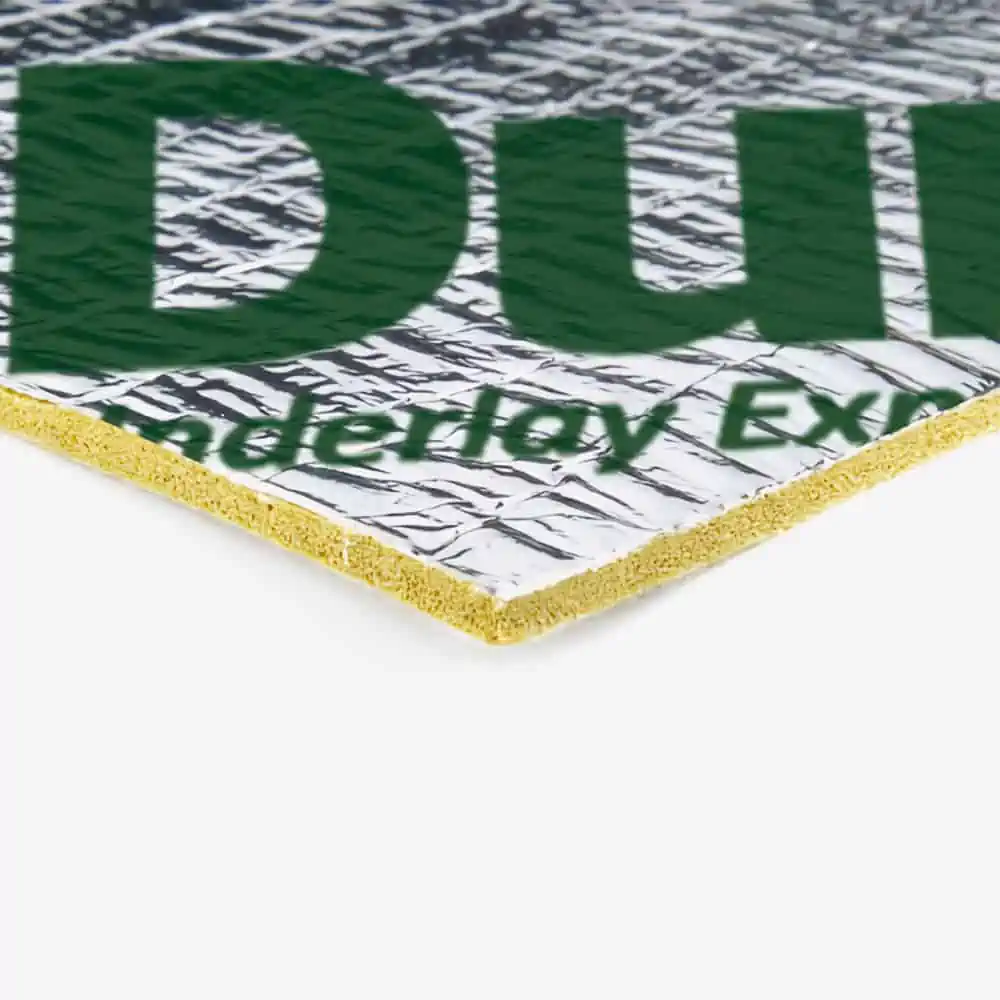
Each type of underlayment has an assigned TOG rating, which measures the thermal resistance of the material. The higher the TOG, the more insulating the underlay is, and the more effective it will be at retaining heat.
Therefore, if you choose an underlay with a high TOG rating (over 0.5 for a laminate underlay) your room will heat up faster and stay warmer for longer. This helps reduce your heating bills while keeping you cosy and comfortable.
Recommended: If you’re looking for warmer rooms, the only option is Duralay Timbermate Excel. It has one of the highest TOG ratings of any laminate underlay at 0.55, and is widely regarded as the most trusted product on the market.
Underfloor Heating
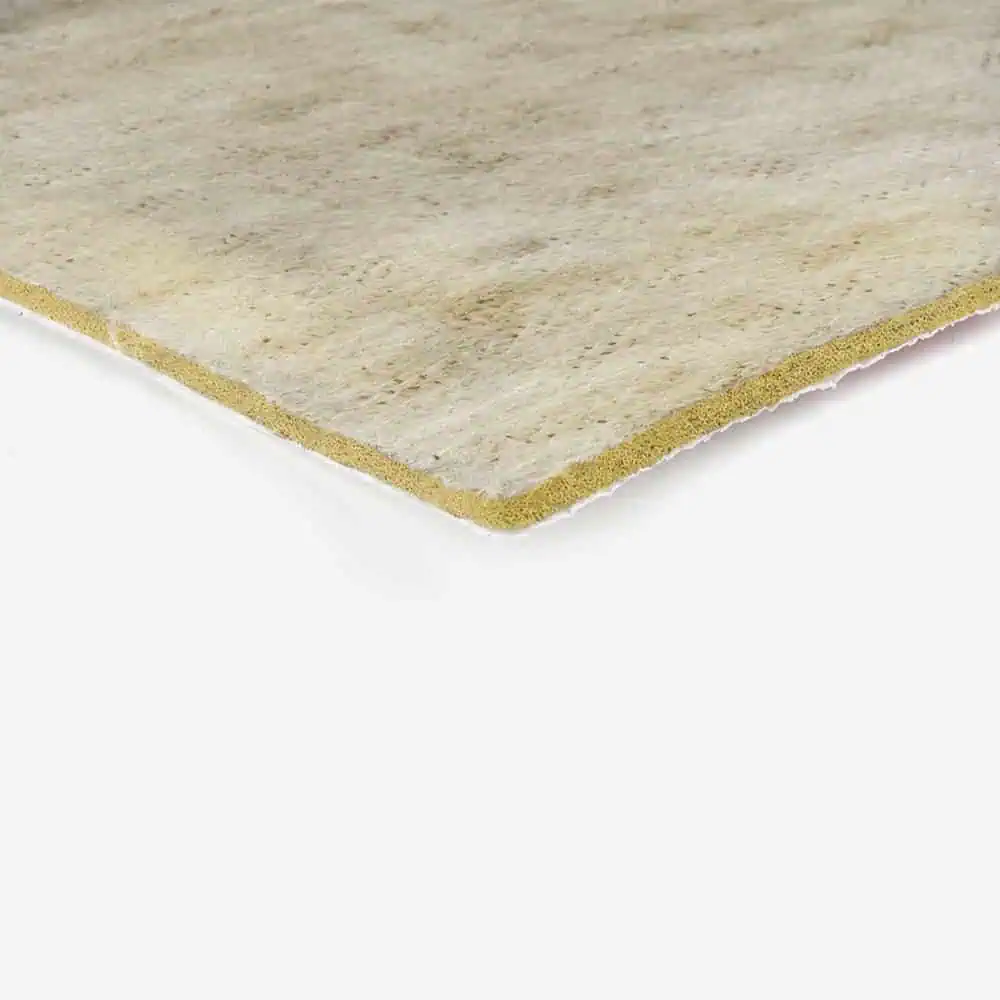
If you have underfloor heating installed then you require an underlay with a low TOG rating. This will allow the heat to pass through the material and into your home easier, ensuring your heating system stays efficient.
Most laminate underlays are suitable for use with underfloor heating, although the majority are not recommended to be used with electric mat (‘dry’) systems.
Recommended: Duralay Heatflow Laminate & Wood underlay is designed specifically for use with underfloor heating systems. Heatflow has a low ‘tog’ rating of just 0.35, yet manages to do this without sacrificing comfort or density, offering excellent support and cushioning for your laminate.
Moisture and Mould Protection
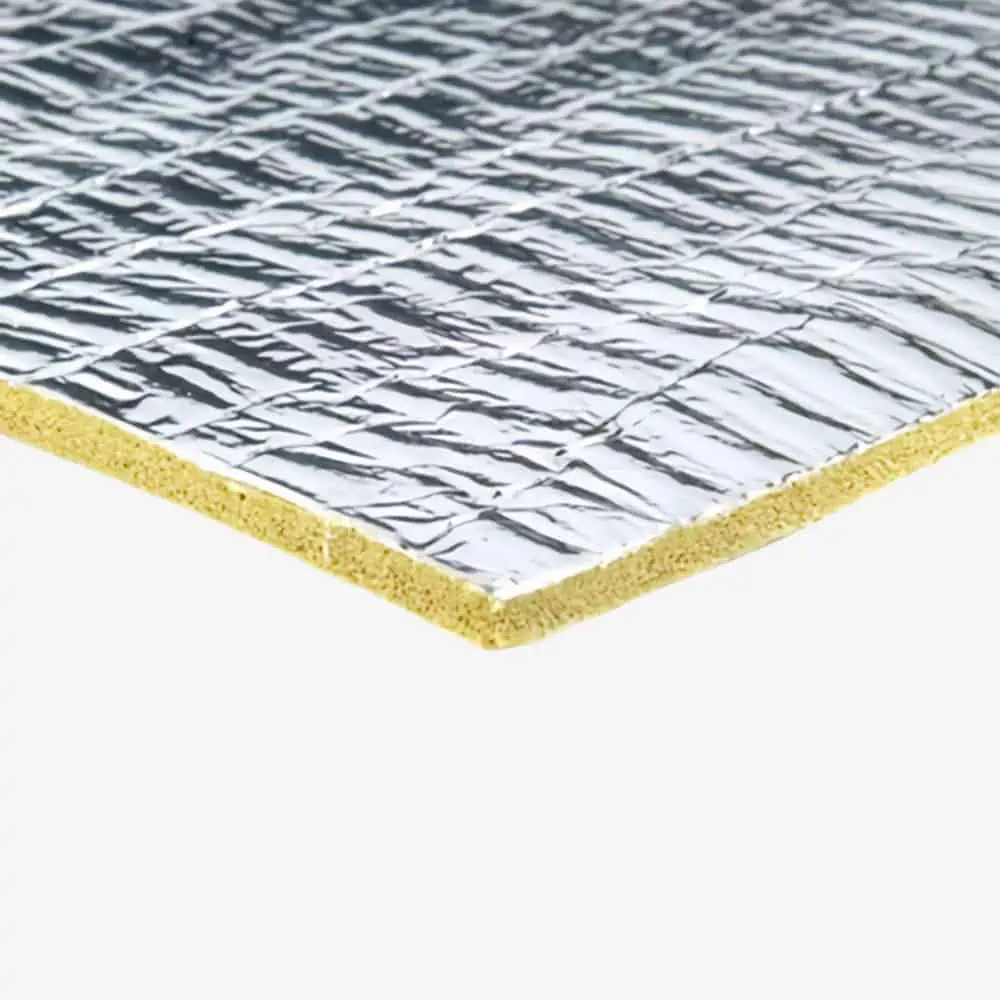
An underlay with an in-built damp-proof membrane (DPM) or vapour barrier will help protect your laminate flooring from damp and moisture-related problems, like mould growth and structural decay.
If left unprotected, moisture buildup can damage your laminate and cause it to warp. This is especially true when installing laminate planks on a concrete subfloor, which is porous in nature.
Recommended: Most quality laminate underlays incorporate a ‘vapour barrier’ in the form of gold or silver backing. Therefore our recommendation in this category is Woodtex, a cost-effective laminate underlay which has a silver backing for moisture control, low TOG rating for use with underfloor heating and good density for support. A great value all-rounder.
Key types of laminate underlay
Once you’ve thoroughly understood your flooring requirements, it’ll be easier to choose among the various types of underlay available on the market. The key is to figure out which materials match the requirements of your home.
Here are some widely-used laminate underlayment options to consider:
PU Foam
Polyurethane (PU) foam is one of the most popular and affordable underlay options. It’s lightweight, easy to install and provides a good amount of insulation.
This type of underlay is typically used for carpet underlay and is ideal for firm, dry and level subfloors in areas that aren’t prone to moisture. Its soft and springy nature makes it an excellent floor cushion with shock and sound absorption properties, yet at low thicknesses it can offer too much compression for a laminate floor.
Sponge Rubber
Sponge rubber underlay is particularly dense and heavy, but this is what makes it the perfect base for a laminate floor. Incredibly durable with best-in-class noise reduction, it’s an excellent choice for high-traffic areas or rooms with heavy furniture.
Sponge rubber is made from a blend of sponge and recycled rubber materials, making it an eco-friendly choice, too.
Fibreboard
Fibreboard underlay helps in levelling uneven subfloors, smoothening out dips, dents and surface irregularities. It also deadens loud noises and makes rooms quieter; perfect for homes with children or apartments with noisy neighbours underneath.
This type of underlay has exceptional thermal insulation but isn’t wholly moisture-resistant. It’s not recommended for bathrooms, kitchens and high-humidity areas, nor should it be used over concrete subfloors without a separate DPM installed underneath first.
Cork Underlay
Cork is one of the more expensive options when it comes to underlayment and is best for rooms/homes where soundproofing is a priority. Another key benefit of cork is that it has natural antimicrobial properties, which helps inhibit the growth of mould.
However, like fibreboard, cork underlays shouldn’t be used in wet or damp rooms, or over concrete subfloors, without a separate DPM installed first.
Need help choosing the right laminate underlay?
Hopefully this guide has armed you with the knowledge to make a confident purchase.
If you’re still unsure what would be the best underlay for your project, please get in touch with our expert team on contact@simplyunderlay.co.uk. We will be more than happy to help.

